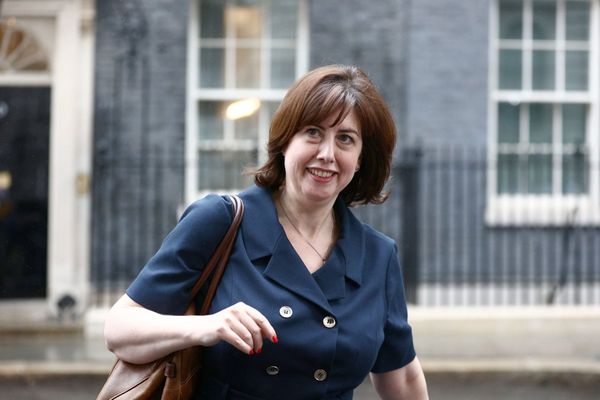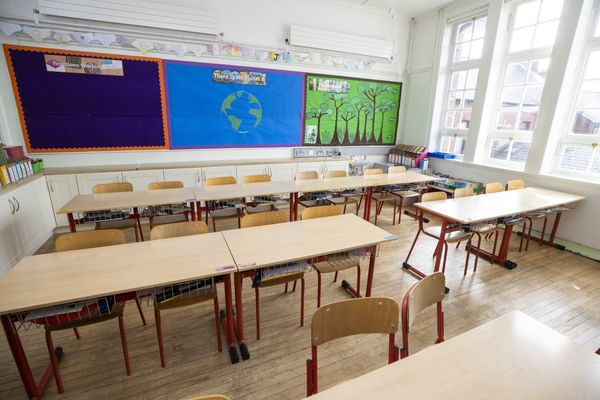Policies designed to ensure Indigenous Australians have equitable access to medicines aren’t being accessed uniformly across the nation, our research shows.
We mapped where Indigenous Australians are using a program to access free or discounted medicines under the Pharmaceutical Benefits Scheme (PBS). We found access was patchy and depended on where you live.
This is particularly concerning as many Indigenous Australians in areas with high rates of chronic conditions are not using the program.
Here’s what could explain our findings and what needs to happen next.
What are ‘Closing the Gap’ scripts?
In 2010, the Australian government introduced the Closing the Gap PBS Co-payment Program (colloquially known as CTG scripts).
This program continues today and means Indigenous Australians:
who would otherwise pay A$31.60 for a script, pay the concessional rate instead ($7.70)
who would otherwise pay the concessional rate ($7.70) get their scripts for free.
The program was initially aimed at people with chronic disease. However, the program was changed in 2021 to increase access.
Now, Indigenous Australians can qualify regardless of age, chronic disease status, and provider location. Changes now mean all PBS prescribers and Aboriginal and Torres Strait Islander Health Practitioners can register patients. Registration is now one-off and lasts for a patient’s lifetime.
Initial research shows this program went some way to reduce inequities in access to health care. After it was introduced, Indigenous Australians used more prescription medicines and chronic disease services, and made more GP visits.
Other studies also suggest areas with higher uptake of the program had fewer hospitalisations for chronic conditions.
But uptake is patchy
Despite these benefits, our research shows uptake varied dramatically depending on where Indigenous Australians live.
We used census-linked data to estimate regional differences in the proportion of Indigenous patients who had ever received a CTG script between 2011 and 2020.
In parts of northern Australia less than 30% of the Indigenous population had ever received a CTG script. In Tasmania this was around 30-40%. This was ten years after the policy was introduced.
Uptake in other states, such as Victoria and New South Wales, varied considerably, ranging from 15% to 87%.
Why the regional differences?
There appear to be multiple and potentially interacting factors influencing uptake of the scheme.
1. Higher rates of chronic conditions in some areas
In some rural and remote areas – particularly in NSW, South Australia, and Victoria – higher uptake could be explained by higher rates of chronic conditions among Indigenous populations. People with chronic conditions are more likely to need ongoing scripts.
However, we don’t see this pattern in remote parts of Western Australia, the Northern Territory, Australian Capital Territory, Queensland and Tasmania, where we also see high rates of chronic conditions.
2. People may already be accessing other medicine subsidy programs
Broadly, Indigenous populations in remote areas are less likely to access CTG scripts. That’s because they can receive free prescription medicines through the Remote Area Aboriginal Health Services Program. So, for many Indigenous Australians in these regions there may be little perceived benefit to registering for CTG scripts.
However, this is not the case for Tasmania and Victoria where there is little-to-no access to this alternative program.
The rates of uptake of CTG scripts in Tasmania and the ACT were among the lowest in the country. However, the Indigenous populations in these regions have some of the highest rates of chronic conditions in the country. So other factors must be at play.
3. Red tape, not all health services on board
We also need to look at what’s happening in primary health care. Not all Indigenous patients are accurately identified. This could be because patients fear poorer care and don’t tell health services or because no-one asks. Smaller practices with less administrative support and those in more remote areas were also less likely to participate in the program.
Until 2021, when access to the program widened, fewer providers were eligible to register Indigenous patients to receive CTG scripts. This may have also affected access.
So this red tape and overall program complexity appears to have hindered Indigenous people from accessing the program.
How could we improve access?
1. Support Indigenous patients to feel safe
Many researchers and community leaders have written about the need to provide culturally safe health care, necessary to deliver safe, accessible and responsive health care free of racism.
Providing culturally safe care can make Indigenous people more likely to identify. This helps tailor care, so patients can access relevant and appropriate health services, such as CTG scripts, to improve health.
2. Engage communities
The regional variation of CTG uptake suggests community-level solutions are needed. Policymakers could consider additional targeting of resources based on location and community-specific factors. This might mean administrative or program support to deliver these initiatives, including via Aboriginal Health Services and better use of the Indigenous health workforce. We know these community programs have improved medicines access and continuity of care.
3. We need a data strategy
There is minimal analyses on CTG uptake and impacts since 2020. But this isn’t the only data gap, nor are all data about Indigenous Australians’ use of medicines linked.
For instance, the Australian Institute of Health and Welfare no longer reports data on Indigenous people’s use of PBS medicines; there is still no national system to capture remote medicines use; and minimal Indigenous data is reported for relevant community pharmacy programs, to name a few.
As outlined in the National Agreement on Closing the Gap, Indigenous Australians are the key stakeholders of the data discussed here. This means Indigenous Australians must “own” the data, and govern how it’s collected and used. Any program or policies involving that data must also be co-designed with Indigenous Australians.
Such principles are fundamental to ensure further evaluation and ongoing roll-out of programs, such as CTG scripts, are equitable and effective for Indigenous Australians.
For this article, we have used the term Indigenous Australians. We respectfully acknowledge the diversity of Aboriginal and Torres Strait Islander peoples. The authors would like to acknowledge the lands of the Kabi Kabi, Wurundjeri and Palawa peoples. We acknowledge the Traditional Owners of these lands on which we have compiled this article and pay our respects to past, current and emerging Elders.
Karinna Saxby has previously received funding from the Department of Health and Aged Care.
Kerry Hall receives grant funding from Department of Industry, Science, Energy and Resources for grant MRFQI000023.
Mike Stephens is Director of Medicines Policy and Programs at the National Aboriginal Community Controlled Health Organisation (NACCHO).
This article was originally published on The Conversation. Read the original article.







